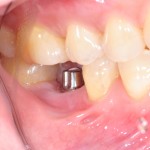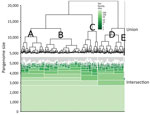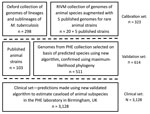Abstract
Disruption of Akt and Erk-mediated signal transduction significantly contributes in the pathogenesis of various neurodegenerative diseases (NDs), such as Parkinson's disease, Alzheimer's diseases, Huntington's disease, and many others. These regulatory proteins serve as the regulator of cell survival, motility, transcription, metabolism, and progression of the cell cycle. Therefore, targeting Akt and Erk pathway has been proposed as a reasonable approach to suppress ND progression. This review has emphasized on involvement of Akt/Erk cascade in the neurodegeneration. Akt has been reported to regulate neuronal toxicity through its various substrates like FOXos, GSK3β, and caspase-9 etc. Akt is also involved with PI3K in signaling pathway to mediate neuronal survival. ERK is another kinase which also regulates proliferation, differentiation, and survival of the neural cell. There has also been much progress in developing a therapeutic molecule targeting Akt and Erk signaling. Therefore, improved understanding of the molecular mechanism behind the regulatory aspect of Akt and Erk networks can make strong impact on exploration of the neurodegenerative disease pathogenesis.
http://bit.ly/2BcLvCz




